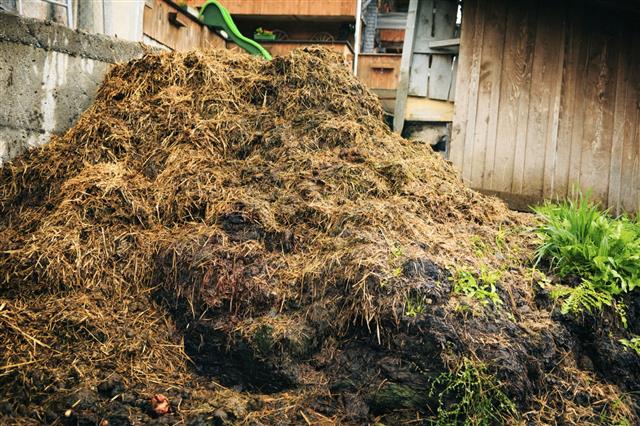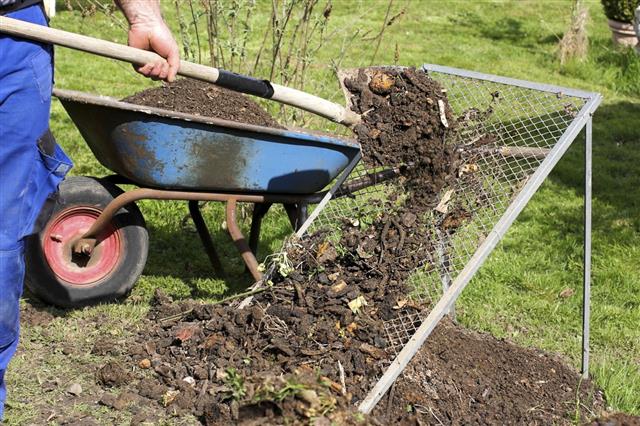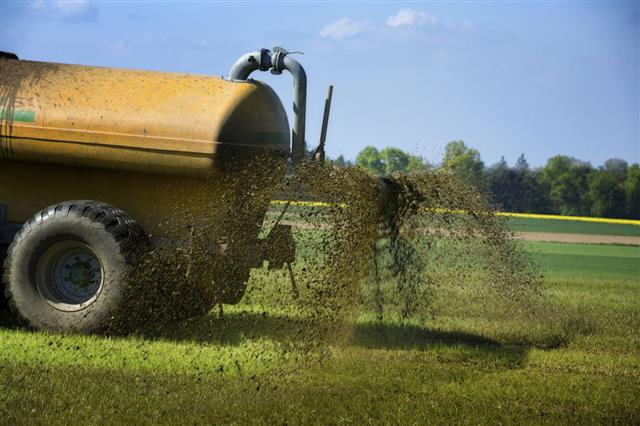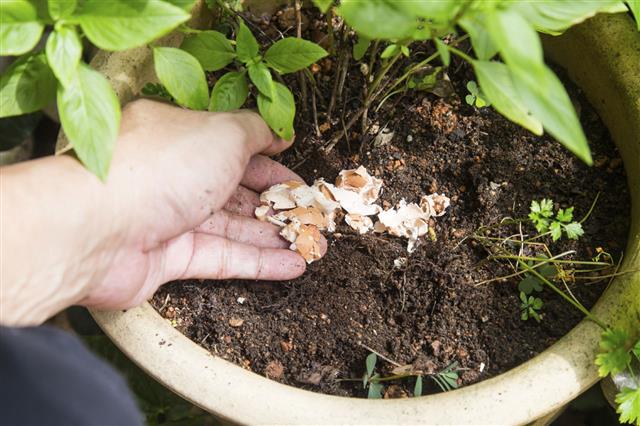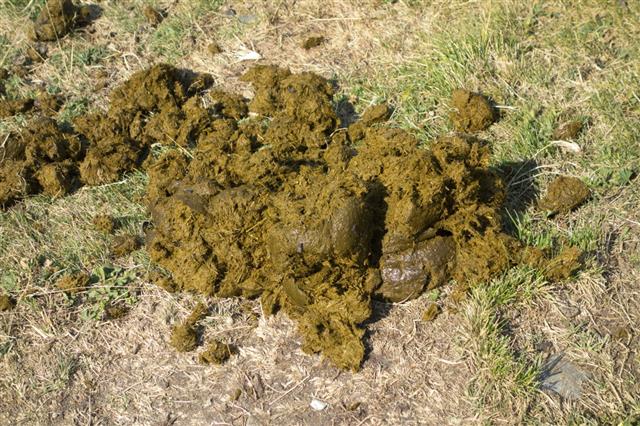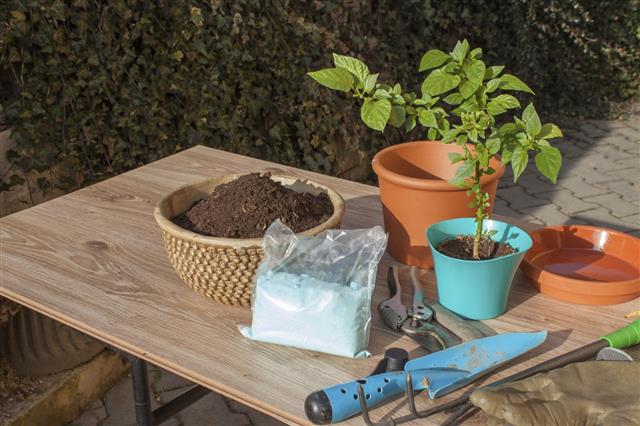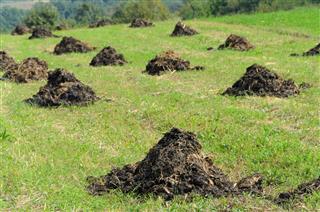
Fertilizers are known for providing certain vital nutrients to plants, and ensure their better growth. The main ingredients of almost all fertilizers are nitrogen, potassium, and phosphorus. Find out more about the ingredients of fertilizers by going through this article.
Fertilizers can provide the nutrients essential for plant growth. They are generally applied on the soil or leaves of the plants to promote their rapid growth and development. They generally come in three basic forms – dry, soluble, and time release fertilizers. Soluble fertilizers can be dissolved in water. On the other hand, the time release fertilizers can come in both dry and soluble form, and they are released slowly over a period of time.
Fertilizer Components
Whether organic or synthetic, the key ingredients of a fertilizer are, nitrogen, phosphorus, and potassium, which are usually referred to as NPK. These are the primary macro nutrients found in any fertilizer. However, their concentration can vary considerably from one fertilizer to another. The concentration of these three main components are expressed as three numbers printed on the label of a particular fertilizer. For example, if a fertilizer is labeled as 10-5-5, it contains 10% nitrogen, 5% phosphorus, and 5% potassium.
Nitrogen (N)
Nitrogen is one of the vital nutrients required for the rapid growth of plants, and their foliage and fruits. Plants synthesize proteins from nitrogen, and they also need this nutrient to develop seeds. Plants usually assimilate nitrogen in the form of nitrate, ammonium, organic nitrogen, or molecular nitrogen. Though nitrogen is vital for the healthy growth of plants, an excess of it can result in an overgrowth, which can make the plants weak and vulnerable to diseases and insects. Therefore, nitrogen-rich fertilizers are usually applied, when a plant has established itself firmly on the ground.
Phosphorus (P)
Plants require sufficient amounts of phosphorus for flower and fruit production. Phosphorus is also required for growing strong roots that are resistant to rot diseases. This nutrient helps plants store energy in the form of adenosine diphosphate (ADP) and adenosine triphosphate (ATP). Fertilizers containing phosphate are usually applied on the soil before planting, and then continued until the plant establishes itself on the ground.
Potassium (K)
Potassium is mainly required for strengthening the plants. A deficiency of this macronutrient can result in stunted growth and reduced yields. Phosphorus can stimulate early growth in plants by increasing protein synthesis, and it can increase their resistance to diseases and insects. Potassium-rich fertilizers are typically used before or during winter. However, it should be kept in mind that an overuse of potassium fertilizers can kill the plants.
Secondary Macronutrients and Micronutrients
Along with nitrogen, phosphorus, and potassium, some fertilizers can contain a small amount of calcium, magnesium, and sulfur, which are termed as secondary macronutrients. They are as essential for plant growth as the primary macronutrients, but their requirement is usually managed with the help of manuring and liming practices. In addition to all the primary and secondary macronutrients, plants also require traces of iron, copper, manganese, boron, molybdenum, chlorine, zinc, and nickel, which are called micronutrients. Many fertilizers contain these nutrients in small amounts.
Apart from macro and micronutrients, a small amount of sand, sawdust, or granulated limestone can also be found in fertilizers. These are known as fillers, and they help prevent the fertilizer from hardening. They can also ensure that the basic ingredients, i.e., nitrogen, potassium, and phosphorus do not become too concentrated. Without fillers, a high concentration of these nutrients can burn or kill the plants instead of benefiting them.
